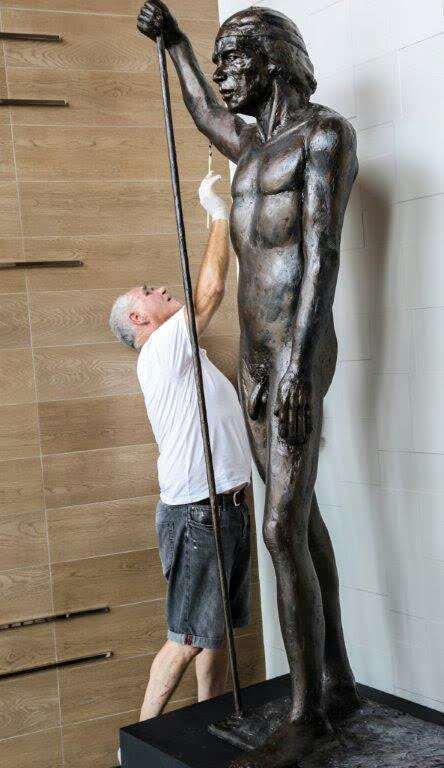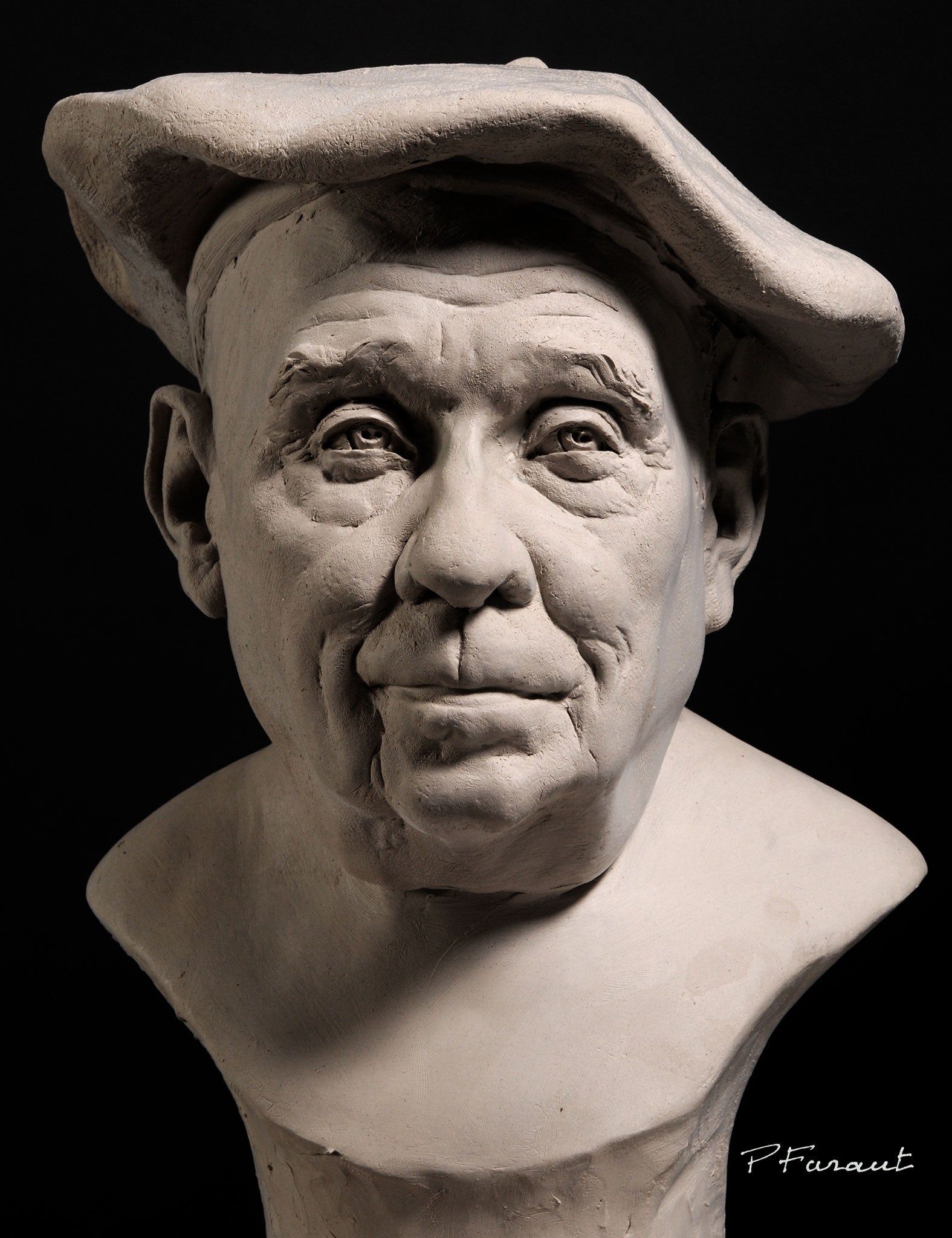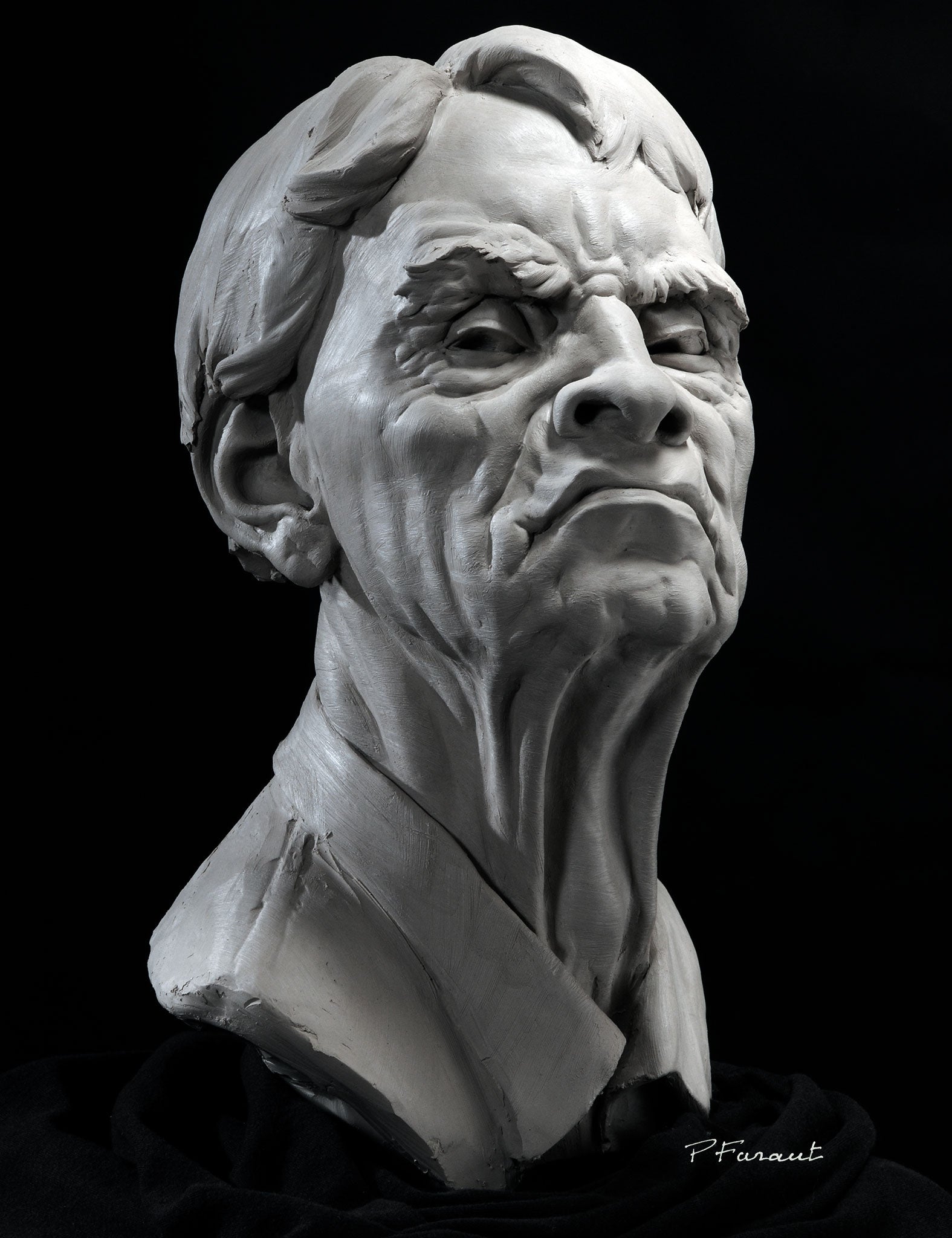The Advancement of Sculptures: From Old to Modern
The Development of Sculptures: From Ancient to Modern. Robert C Hitchcock Sculptor.
Sculpture, among the earliest forms of art, has actually been an integral component of human people for millennia. From the old worlds of Egypt and Greece to the modern-day era, sculptures have advanced, reflecting adjustments in artistic methods, products, and cultural influences. This trip through time traces the advancement of sculptures, discovering the shifts stylishly, topic, and artistic expression.
Beginning with the old globe, sculptures crafted from stone and later bronze recorded the essence of divine beings, leaders, and everyday life. The Renaissance period experienced a revival of classical sculpting techniques, as artists looked for to emulate the stylish kinds of ancient Greek and Roman sculptures (Equine Sculptures). In the contemporary era, musicians challenged traditional borders, accepting abstraction and experimentation with brand-new products
This exploration will explore the diverse advancement of sculptures, exposing the rich tapestry of imaginative expression throughout different periods and cultures.

Ancient Sculptures: From Stone to Bronze
Ancient sculptures transitioned from being taken of stone to being cast in bronze. This change noted a substantial advancement in the art of sculpture, enabling for greater improvement and detail in the finished works. Rock sculptures, while excellent in their own right, were limited by the nature of the product. Stone required considerable forming and sculpting, typically resulting in a more simplified representation of the topic.
The intro of bronze as a medium for sculptures produced a transformation in imaginative expression. Bronze supplied sculptors the chance to produce detailed and natural types that were not possible with rock. The procedure of casting bronze permitted the creation of multiple copies of a sculpture, allowing broader distribution and preservation of these imaginative masterpieces.
The shift from rock to bronze also saw a shift in the topic of sculptures. While stone sculptures mainly portrayed gods, sirens, and mythical figures, bronze sculptures began to show a more comprehensive variety of subjects, consisting of everyday individuals and animals. This expansion of subject showcased the versatility and adaptability of the bronze tool.
Renaissance Revival: Shaping in the Classical Style
The Renaissance resurgence of sculpture observed a renewal in the timeless style, structure upon the innovations made during the shift from stone to bronze in old sculptures. During this period, artists sought to recreate the classic visual and ideals of elegance that prevailed in old Greek and Roman sculptures.
One of the crucial features of the Renaissance rebirth was the focus on naturalism and the human kind. Carvers like Donatello and Michelangelo aim to catch the physiological details and expressions of their subjects with extraordinary accuracy. They researched the human body and included their monitorings into their sculptures, causing realistic and sensible depictions.
One more important facet of the Renaissance resurgence was the expedition of viewpoint and depth. Artists used strategies such as contrapposto, where the weight of the body is changed to one side, creating a feeling of motion and dynamism. They also trying out various materials, consisting of marble and bronze, to attain a degree of refinement and ins and out in their sculptures.

Innovation and the Avant-Garde: Damaging Conventional Boundaries
During the Innovation and Avant-Garde activities, artists pushed the boundaries of traditional artistic conventions. This duration, which emerged in the late 19th and early 20th centuries, saw a dramatic shift in the means artists approached sculpture. Declining the notion of art as simple imitation, modernist artists looked for to explore new kinds, materials, and principles.
One of the key attributes of modernist sculpture was the focus on abstraction. Sculptors relocated far from realistic representations and rather concentrated on catching the significance of the topic through streamlined kinds and geometric shapes. This departure from standard representation allowed artists to reveal their feelings and concepts in an extra personal and subjective manner.

Contemporary Sculptures: Checking Out New Products and Concepts
With a focus on checking out brand-new materials and ideas, modern sculptures have reinvented the Robert C Hitchcock Sculptor field of art. Artists today are pressing the borders of traditional sculpture by exploring and making use of ingenious products with abstract concepts. These sculptures challenge traditional ideas of materiality, form, and significance, welcoming visitors to take part in a new and thought-provoking imaginative experience.
Contemporary artists are welcoming a large range of products, consisting of plastic, glass, metal, and even raw material. They are not limited to the traditional tool of rock or clay, permitting higher freedom of speech and trial and error. This change in the direction of unique materials has opened brand-new opportunities for artists to create sculptures that are vibrant, interactive, and aesthetically striking.
In addition to exploring brand-new products, contemporary sculptures also explore complicated and abstract concepts. Musicians are currently checking out themes such as identification, social concerns, and the atmosphere, utilizing sculpture as a powerful tool for social commentary and introspection. These sculptures test visitors to believe critically and involve with art on a deeper degree, stimulating conversations and prompting psychological responses.
International Influences: Sculptural Traditions From Around the Globe
Sculptural customs from various areas of the world have actually substantially shaped the advancement of sculptures throughout history. The global impacts on sculpture have been diverse and have actually contributed to the splendor and range of artistic expressions. From the ancient human beings of Egypt, Greece, and Rome to the complex carvings of Eastern cultures, each area has developed its one-of-a-kind sculptural customs that have affected musicians across time.
In old Egypt, sculptures were created largely for spiritual and funerary purposes. The renowned sculptures of pharaohs and gods, such as the Great Sphinx and the breast of Queen Nefertiti, showcase the Egyptians' mastery of rock carving and their idea in the afterlife.

In old Rome, sculpture offered both creative and political objectives. Roman sculptures commonly shown emperors, generals, and mythological numbers, reflecting the power and splendour of the realm. The marble statuary of Augustus of Prima Porta and the monumental Arch of Constantine are remarkable instances of Roman sculptural achievements.
Oriental sculptural practices, specifically in India, China, and Japan, have also had a profound effect on the advancement of sculptures. Indian sculptures, such as the intricately carved temples of Khajuraho and the gigantic sculptures of Buddha, show an abundant fusion of religious, mythological, and architectural aspects. Chinese sculptures, defined by their great workmanship and focus to information, often portray deities, animals, and famous figures. Japanese sculptures, influenced by Buddhism, highlight simplicity and harmony, seen in the tranquil statuaries of Buddha and the classy art of bonsai.
The worldwide impacts on sculpture proceed to develop in the modern period. As we look to the future, it is specific that the global impacts on sculpture will continue to form and redefine this ancient art kind.
Final Thought
In conclusion, the development of sculptures has seen a change from ancient rock and bronze functions to the classic revival throughout the Renaissance. Today, modern sculptures check out new materials and concepts, while additionally drawing ideas from worldwide sculptural customs.
From the ancient worlds of Egypt and Greece to the modern-day age, sculptures have developed, reflecting adjustments in imaginative methods, products, and cultural influences.Beginning with the old globe, sculptures crafted from rock and later bronze captured the significance of divine beings, leaders, and everyday life.Ancient sculptures transitioned from being carved out of stone to being cast in bronze. While rock sculptures mainly depicted gods, goddesses, and mythological figures, bronze sculptures started to mirror a broader range of subjects, including daily individuals and pets.In conclusion, the evolution of sculptures has seen a change from old rock and bronze works to the classic rebirth during the Renaissance.